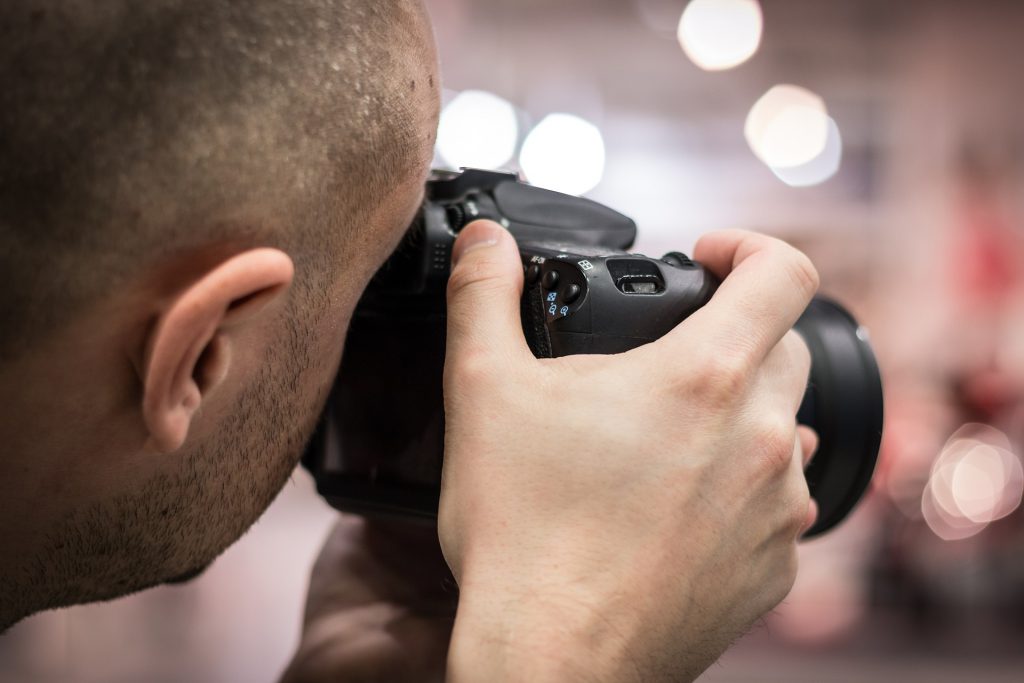
Picture Perfect: How to Make Your Property Photos Shine
As the old saying goes, you only get one chance to make a first impression; and if you’re listing a commercial property, you’re likely relying on your photos to do just that. Given that so much of the media we consume these days is visual, a strong photo presence is fast becoming your major seller.
Yet, not all of us are Warhols or Mapplethorpes, and great photography is more than just a point and a click away. So let’s look into the best ways to get those commercial property photos that sell.
Get a Tripod – It sounds obvious to those who use one, but you’d be surprised how few people actually do. Don’t underestimate what a tripod can do for you; the stability will make for crisper photographs and one extra arm. All good tripods – even some of the cheaper ones – will have a spirit level attached, so you’ll never be unsure of how straight your photos will be.
Set the Scene – Admittedly, you might not always have the opportunity to adjust your scene – removing clutter, cleaning an area and so forth – but when it arises, grab it with both hands. Being able to clear unsightly detritus or set up an ‘establishing’ shot can demonstrate a large open space, or suggest how best your buyer can set up a room. If it means you can advertise your property with a single shot, don’t be afraid to get creative.

by Free-Photos from Pixabay
Lights, Camera… – Lighting is the double-edged sword of photography, providing the basis of some of the moodiest, most effective photographs possible, or stubbornly obeying science in order to ruin your efforts entirely. This is especially true for your indoor shots, so play around with your lighting possibilities. Make the most of open windows, and experiment with electrical lighting. Large areas such as offices might have multiple light sources, so the more of these you can manipulate, the closer you are to the perfect lighting setup. If you’ve the cash, buy a studio light; these make a world of difference.
Hide in the corner – If you want to give your shot a large, panoramic feeling, tuck yourself into tight corner you can fit into. You’ll likely find one that gives the widest and clearest view of a room, and gives a far greater sense of scale once all other corners are visible.
Use Equipment – If you can afford it, absolutely do invest in a proper camera. Whilst smartphone cameras are becoming increasingly reliable, they still aren’t as flexible as a DSLR camera, and are very much restricted by things such as light or shutter speed. From there, you can pick up some proper studio equipment; lighting, lenses, and even photo software. On that note…
Learn your Camera – White balance, shutter speed, aperture, Depth-of-Field…. They might sound like Ibiza nightclubs, but they’re all camera terms worth knowing. Though it sounds baffling, many new digital cameras are designed to be user friendly, making these terms easier to understand and execute than ever before. Plus, there’s a wealth of information online that’ll explain them all in simple, clear terms; it’s really not as impenetrable as it appears.

Fix Things in Post – If your picture is too dark, too bright, or out of contrast, even some of the most basic photo software can fix it up a little. Windows Photo Gallery can fix some of the most basic images, and for many, this might be enough; but if you’re really getting serious, you can learn software such as Photoshop or the free (and unfortunately titled) GIMP. They’ll take some practice, but the results will be far and above any of the Windows pack-in software.
Get Creative… – A photograph’s just a canvas until you hit the button. So experiment. A large atrium might look even more imposing if you shrink the tripod and point the camera up; or maybe a shaft of light is illuminating a particular centrepiece? Go into your photo with an artistic mind and not only will your photos look exceptional, you may end up with a whole new hobby.
…But be honest – Don’t misrepresent your properties; you’re doing this to attract viewings after all, and you don’t want to waste a buyer’s time with a building that isn’t what you promised.
